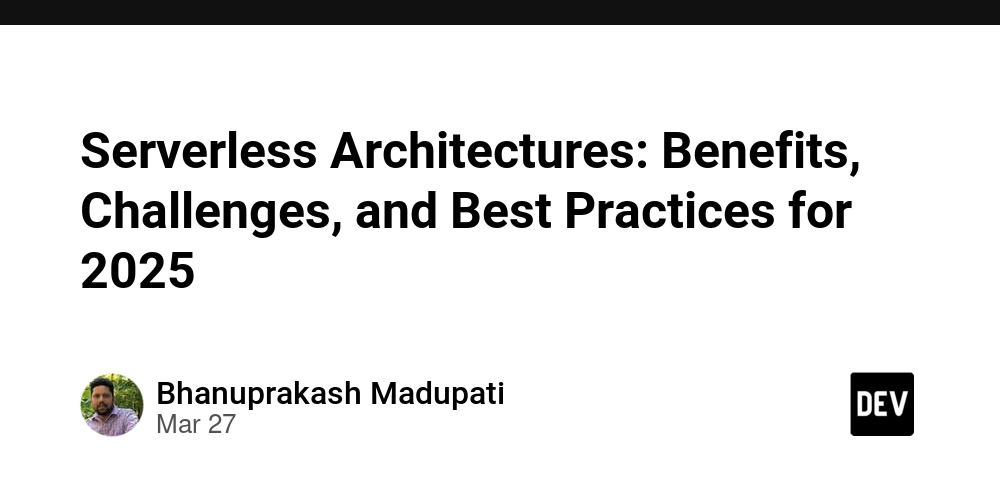Dev
5d
349

Image Credit: Dev
Serverless Architectures: Benefits, Challenges, and Best Practices for 2025
- Serverless computing in 2025 offers numerous benefits, challenges, and best practices for developers.
- Benefits include cost efficiency through pay-as-you-go models, auto-scalability, faster time-to-market, automatic maintenance, and improved productivity.
- Challenges involve cold start latency, limited execution time, vendor lock-in, debugging difficulties, and security concerns.
- Best practices for 2025 focus on optimizing cold starts, leveraging microservices, using API gateways, robust monitoring, security measures, state management, cost optimization, and event-driven design.
- Developers are advised to address key considerations like cold start latency, execution time limits, and security risks to effectively utilize serverless architectures.
- Implementing best practices and staying informed about advancements in serverless technology can help mitigate challenges and optimize the benefits of this architectural approach.
Read Full Article
21 Likes
For uninterrupted reading, download the app